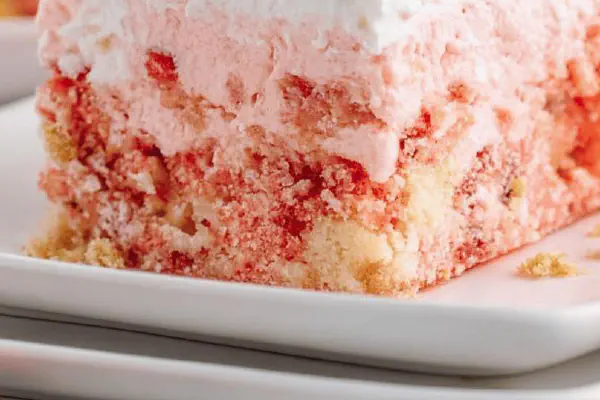Featured Recipe
Zesty Sour Cream Pound Cake

By Kate
"
Dense, tangy, and buttery cake. Uses lemon zest instead of juice for subtle citrus punch. Swap all-purpose flour for cake flour to lighten crumb. Replace traditional butter with browned brown butter for nutty depth. Cream sugar and butter until fluffy, important for texture. Add eggs one at a time; too fast and batter breaks. Sour cream lends moisture and slight tang. Mix flour gently to avoid toughness. Bake until edges pull from pan and toothpick with crumbs, not wet batter. Frost with cream cheese glaze for balance, not too sweet.
"
Prep:
25 min
Cook:
50 min
Total:
Serves:
9 servings
cake
dessert
baking
American
sour cream
Introduction
Skipping the usual overmix and quick-bake methods. This cake calls for patience and watching the signs: that golden shine on top, the slow jiggle in the pan, the fragrant nutty scent of browned butter drifting through the kitchen. Sour cream pushes moisture without sogginess; lemon zest, not juice, whispers tang without over-wetting batter. Key here is folding flour gently; too much stirring turns this cake rubbery — you want resilience. And frosting? Thick cream cheese glaze, tangy meets sweet, dolloped generously or spread with rustic flair. Cut tight, clean edges show your effort. Forget timers alone—trust your senses, smell, sight, texture. Baking’s a dialogue, not a race.
Ingredients
About the ingredients
Brown butter brings complexity; if short on time, substitute regular unsalted butter but reduce oven temp by 5-10°F to avoid over-browning. Cake flour reduces gluten, keeping crumb soft; all-purpose flour is workable but expect denser texture. Lemon zest provides delicate brightness without liquid altering batter consistency, but if zest unavailable, 1 tablespoon fresh lemon juice can replace, reduce sour cream slightly for balance. Sour cream crucial for moisture and slight tang—Greek yogurt can swap but use less to keep batter texture right. Cream cheese in glaze balances cake sweetness; omit if intolerant, use powdered sugar icing instead but expect different mouthfeel.
Method
Technique Tips
Browning butter is critical. Stay attentive; swirl pan often to evenly heat. Smell shifts from milky to deep nutty — smell is your cue before color change. Creaming butter and sugar incorporates air, setting tender crumb. Beat eggs one by one; speed matters, keep medium, avoid curdling. Lemon zest gets folded last with sour cream; overmixing post-flour addition toughens cake. Folding flour requires patience — nick through batter, turn bowl, scoop gently, no aggressive stirring. Check cake doneness visually, not just timer: edges pulling, top golden but not cracked, toothpick with moist crumbs, not wet batter. Overbaking tough, underbaking gummy. Cooling in pan 10-15 minutes allows structure to stabilize; unmold with parchment. Frosting consistency varies with temperature; chill if too warm to spread evenly. Use offset spatula for best control.
Chef's Notes
- 💡 Brown the butter slowly. Hear the sizzle, smell the nuttiness. Color matters. Amber means deeper flavor. Cool slightly before mixing; heat changes texture.
- 💡 Eggs add moisture, structure. Add slowly; avoid curdled batter. Cream butter and sugar until light, fluffy. Watch that ribbon form; it’s your texture cue.
- 💡 Folding flour is key. Gentle motions, no whipping. You want to avoid gluten formation. Folding ensures tender cake; rigorous stirring leads to rubbery results.
- 💡 Cake checking matters—at 45 minutes, look for a golden top. Edges pulling from the pan means you’re close. Insert toothpick, aim for moist crumbs.
- 💡 Glaze should be thick but spreadable. If soft, chill a bit. Spread generously; don’t skimp. Room temp makes a difference in texture and flavor.
Kitchen Wisdom
Why use brown butter?
Adds depth, nutty aroma. Watch it carefully. Scorching means burnt flavor. It’s simple; just pay attention.
Substitute cake flour?
You can use all-purpose. Expect a denser result. Sift well; it helps mix evenly. But cake flour keeps it lighter.
How to know when cake done?
Visual cues matter. Edges pull away, golden crust. Toothpick test—ensure no wet batter clings. Check carefully.
Cake storage tips?
Wrap tightly in plastic. Refrigerate for up to three days. Best served at room temp. Can warm slightly before cutting.



